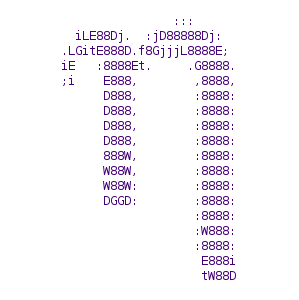grep searches the input files for lines containing a match to a given pattern list. When it finds a match in a line, it copies the lines to standard output.
How to grep sur le bout des doigts !
Search for a string in a file
This is a basic usage of grep command.
grep Lorem index.html |
Here, we are looking for the word “Lorem” in index.html file.
Insensitive case search
Searching for a word with insensitive case.
grep -i "Lorem" index.html |
Here, we are looking for the word Lorem written with or without upper case.
Searching for a string in multiple files.
This command will search for “Lorem” in different files.
grep Lorem index*.* |
Here, we are looking for Lorem in all the files that have a name starting with “index” with all the extension available in the directory where the file is.
Searching for a string using a regular expresion pattern
This one is a very powerful feature, if you use it wisely.
grep "Lorem.*amet" index.html |
Here, we are looking for every line that contain the pattern that starts with “Lorem” and ends with “dance”, whatever is in between.
Display line numbers.
Using the -n option, enable to display the line number which contains the matched pattern.
grep -n Lorem index.html |
Highlighting the result
Using the –color option, enable to highlight the sucessful matches.
grep --color Lorem index.html |
Search for the lines excluding a specific pattern
Using the -v option, enable to list all the lines that do not contain the pattern.
grep -v Lorem index.html |
Search the pattern recursively
Using the -r option, enable to search in all the files of a directory recursively.
grep -r Lorem var/www/ |
Number of times a pattern matches in a file
Using the -c option, enable to count the number of times a pattern matches in a file
grep -c "Lorem ipsum" index.html |
Here it is ! Now, you have everything on sur le bout des doigts (on the thumbs).



.svg)
